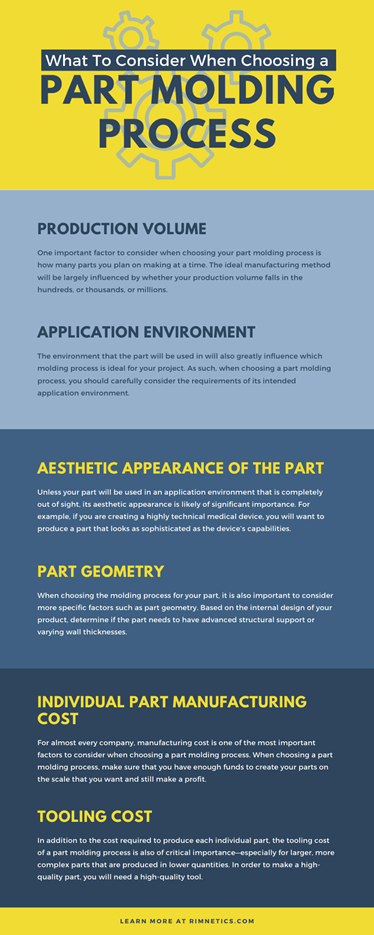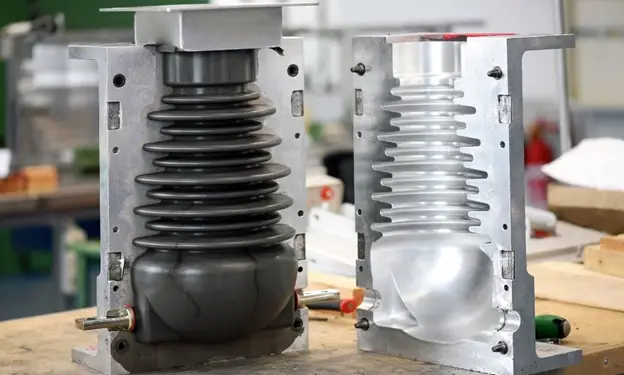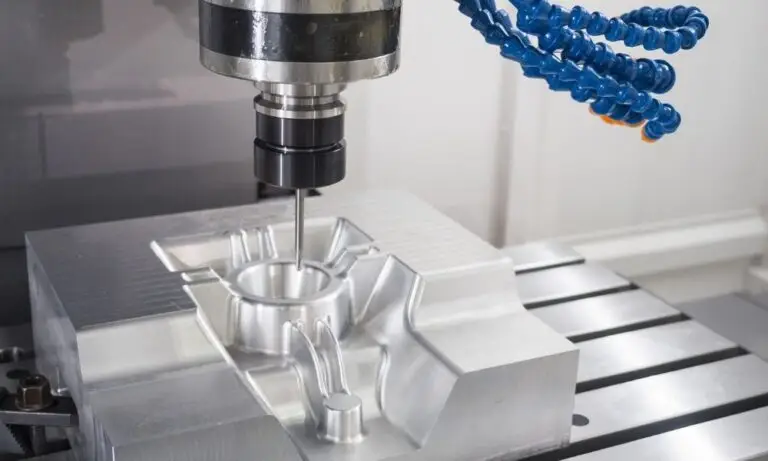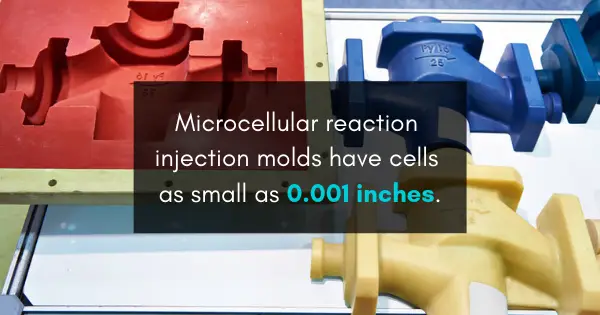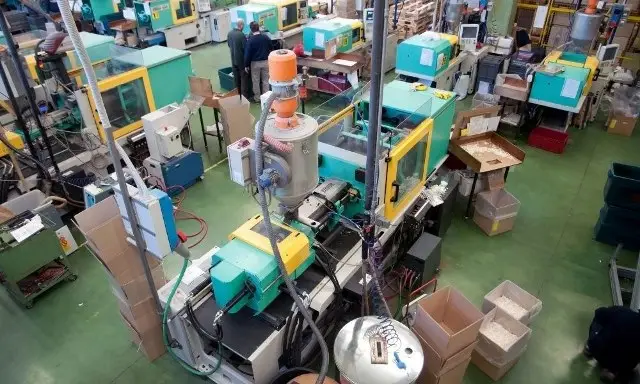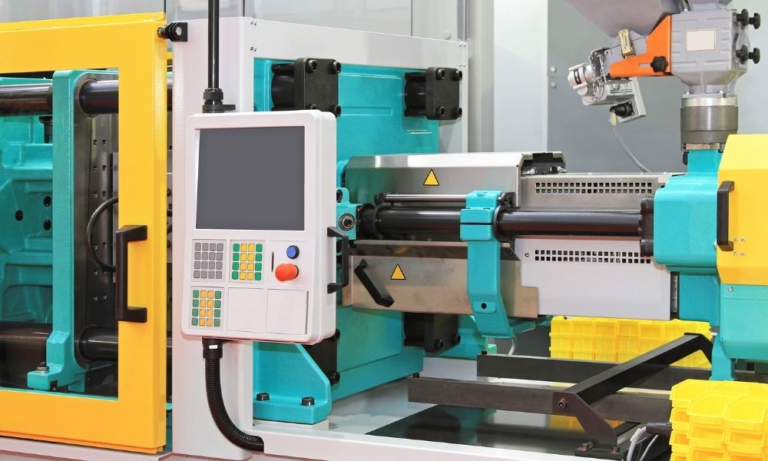What To Consider When Choosing a Part Molding Process
The molding process that you select to produce your part has a substantial impact on its quality, production cost, and aesthetic. As such, it is essential to carefully consider your options and choose wisely. Below, we have provided a guide of important considerations for choosing a part molding process so you can comprehensively determine which process is right for your application.
PRODUCTION VOLUME
A project’s expected production volume represents one major determinant of which molding process will be utilized. If you plan on producing parts in large quantities (10,000+ annually), you may want to prioritize a molding process with lower individual part production costs even if entails more expensive tooling costs initially. For parts with higher production volumes, the higher cost of tooling is often offset by the lower cost of producing individual parts.
If you plan on creating parts in lower production volumes, however, processes with lower tooling costs are often advantageous because their cost-effective tooling options often offset other production expenses when items are manufactured in smaller quantities. RIM molding, for example, is ideal for parts with lower production volumes due to its far lower tooling cost than most other molding processes that create parts of similar quality.
APPLICATION ENVIRONMENT
Your part’s application also strongly influences which molding process is ideal for your project. When choosing a part molding process, you should always evaluate the requirements of its intended application environment. For example, if your part will be used in a hospital where cleaners and solvents will frequently be used to sanitize the equipment, then it is necessary to select a molding process that supplies chemically resistant parts. Or, if the part will be used outdoors where it will face harsh environmental conditions, durability and structural integrity should be top priorities.
AESTHETIC APPEARANCE OF THE PART
Unless your part will be hidden from view, its aesthetic appearance is likely of the utmost importance. Designers creating a highly technical medical device will want to devise a part that appropriately conveys the sophistication of the device’s capabilities. Aesthetically appealing parts with high-end painting and finishing naturally appeal to customers.
PART GEOMETRY
When choosing the molding process for your part, it is important to consider more nuanced attributes such as part geometry. Based on your product’s internal design, part needs to have advanced structural support or varying wall thicknesses. Without extensive secondary operations, most part molding processes can only create parts with minimal differences in wall thickness. However, reaction injection molding provides the unique capability to produce parts with significant variations in wall thickness.
INDIVIDUAL PART MANUFACTURING COST
For almost every company, manufacturing cost is one of the most important factors to consider when choosing a part molding process. When choosing a part molding process, make sure that you have enough funds to create your parts on the scale that you want and still make a profit. As previously addressed, if you plan on producing a part in extremely high production volumes, you may want to choose a process that involves lower individual part manufacturing costs.
TOOLING COST
In addition to the cost required to produce each individual part, the injection tooling cost is also of critical importance–especially for larger, more complex parts that are produced in lower quantities. In order to make a high-quality part, you will need a high-quality tool.
Depending on the part molding process, the price to create a quality tool can be extremely high. For example, creating a steel tool for injection molding processes may cost several hundreds of thousands of dollars. The larger and more complex the part is, the higher the cost of tooling will be. While a lower individual part production cost may help offset the cost of a highly expensive tool for parts that are produced in extremely large quantities, this isn’t the case for parts that have lower production volumes.
As such, if you are producing a larger, more complex part in a lower production volume, RIM is often the most advantageous molding process due to its lower tooling cost. Rather than highly expensive metals, reaction injection molding tooling is created from lower-cost aluminum. Because the RIM process doesn’t involve extremely high temperatures and pressures, aluminum provides ample durability. As such, the tooling cost of RIM is far lower than most other processes that require highly durable tooling made from expensive metals.
LEAD TIME
In the case that you will need to produce your part on a tight time constraint, the lead time of the part molding process is also an important factor to consider. Many tooling processes can take anywhere from 12 to 14 weeks because they involve creating a tool and cutting metal, which is often time consulting. If you need a part more quickly, there are certain molding processes such as thermoforming that have shorter lead times because major tooling isn’t necessary. However, most processes with expedited lead times produce lower-quality parts that require more secondary operations and may not have repeatability. As such, you will need to consider whether quality or production time is a larger priority for your application.
If you are interested in reaction injection molding parts, Rimnetics can help. As North America’s premier reaction injection molding company with over 30 years of experience, we have the expertise necessary to make your project a success. The many different industries we serve include medical devices, IT, laboratory equipment, electronics, marine, defense, and construction industries. To begin the process of creating your modeled part and finding the molded solutions that you require, contact us today.
